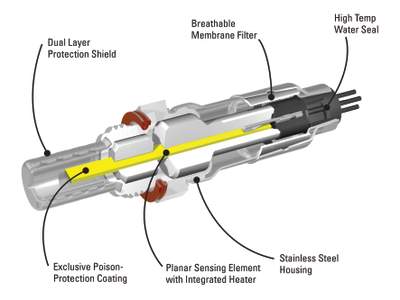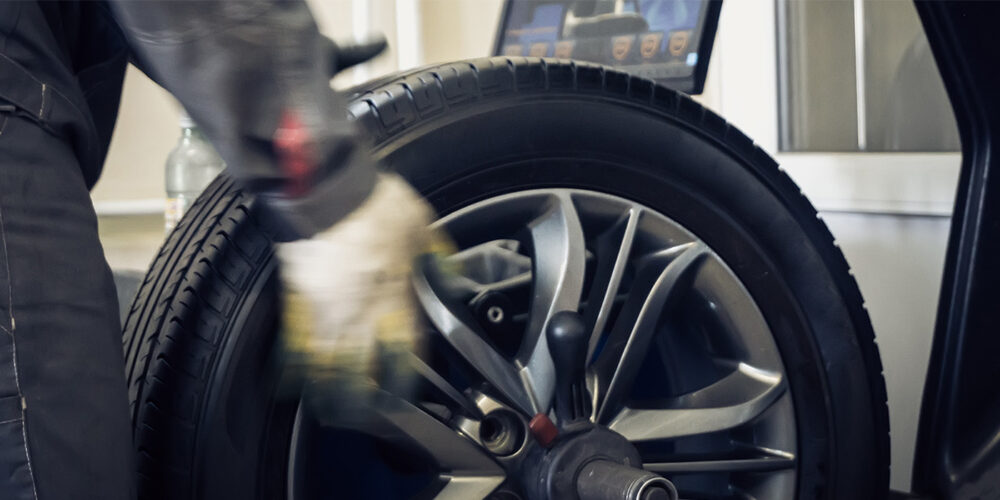Grab your vacuum gauge and your fuel pressure gauge — we’re going to delve into the tools and equipment involved and the information you need to know to pass the X1 ASE Certification Test section that focuses on emissions system diagnosis.
The X1 ASE Certification Test has a section (8 questions) focused on emissions system diagnosis. For that section, among other things, you will need to:
 • Identify failed catalytic converter(s); determine cause of failure; determine needed repair.
• Identify failed catalytic converter(s); determine cause of failure; determine needed repair.
• Identify failed oxygen sensor(s) (O2S/HO2S) component(s) and circuitry; determine cause of failure; determine needed repair.
• Inspect emission systems for evidence of tampering (missing/modified and/or improperly installed components); determine needed repair.
But before you can move to emission system diagnosis, you need to make sure the engine is in sound mechanical condition and good running order. Isolating a faulty component is a process of elimination that may include electronic and dynamic troubleshooting.
Next, you’ll need to find out if there are any restrictions within the exhaust system. To do this, you’ll need to perform a vacuum test or backpressure test. After a restriction is discovered, the rest of the system must be inspected before moving to replace the catalytic converter.
For a vacuum test, connect a vacuum gauge to a manifold vacuum source and do the following to check for a restriction:
1. Run the engine at idle. Vacuum should remain steady and within specifications. If vacuum drops toward zero, this indicates that there is a restriction. Continue the test.
2. Slowly increase engine speed to 2,000 rpm. Vacuum should remain as high as at idle.
3. Quickly close the throttle. Vacuum should rise rapidly to above idle level. If the reading is 5 inHg or more below normal, and then returns slowly and unevenly, the exhaust system is restricted.
For a backpressure test on vehicles with dual-bed bead-type converters:
1. Disconnect the hose at the secondary air manifold and remove the check valve.
2. Use an adapter to connect a fuel pressure gauge to the air manifold.
3. With the engine at normal operating temperature and running at 2,500 rpm, check the backpressure reading on the gauge. If it is above 1.75 psi (12.06 kpa), the exhaust system is restricted.
For vehicles with other styles of converters, there are tool kits available to check backpressure. For these, you need to drill a small hole in the exhaust pipe upstream from the converter and attach a gauge to the hole. After the test is completed, a small rivet is driven into the hole to seal the systems.
For more information on the ASE X1, catalytic converters and oxygen sensors, head to the full story at Brake & Front End.














